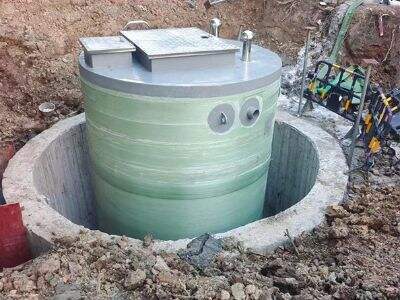There are two materials, orthophthalic unsaturated resin and isophthalic unsaturated resin. These resins vary in composition, and thus feature different properties that make them suited for different applications. In this article, you will see the key differences between orthophthalic and isophthalic resins and their applications in diverse industries.
Components of Orthophthalic and Isophthalic Resins
Generic unsaturated resin is derived from orthophthalic acid and glycols. Isophthalic unsaturated resin is produced from isophthalic acid and glycols. The only real difference between them is the acid. Orthophthallic resin is commonly utilized for higher production volume applications where cost and availability are primary considerations. Isophthalic resin is used more when items need to be more resistant to heat and chemicals.
How Do These Resins Perform Physically and Mechanically?
Orthophthalic resin has good flexibility and general ease of molding. Isophthalic resin, however, is stronger and resistant to rust so great for more challenging tasks such as constructing chemical-fetching tanks and pipes. The selection of orthophthalic vs. Isophthalic resin needs to be based on project needs and performance characteristics of the end item.
Where Are These Resins Used?
Construction, car construction, boat construction, and aircraft construction are the key customers for both orthophthalic and isophthalic resins. Among the resins, orthophthalic resin is typically used where low cost is a determining factor, such as in boat production and bathroom articles. Isophthalic resin is more appropriate for applications where strength and durability in the product are required, such as chemical processing equipment and wind turbine blades.
Isophthalic and Orthophthalic Resins: Which One to Choose?
Even just thinking about the environment, both types of resins have advantages and disadvantages. The orthophthalic resin is more facile to recycle afterward and has lesser impact upon the nature at the composition. Isophthalic resin is more chemical-resistant, which can yield more durable products that require less replacement. Companies need to consider the environmental impact of their resin choice and implement sustainable practices.
What About Prices for These Resins?
By cost, orthophthalic resin is typically lower in price than isophthalic resin. On the other hand, isophthalic resin is probably worth the extra couple of euros, as it is more effective and lasts longer. Companies must consider their current expenditures versus the longevity of the products to come and how much more it will cost to maintain. Considerations such as project requirements, the expected lifespan of the product, and maintenance investment are critical when selecting between orthophthalic and isophthalic resins.
 EN
EN
 AR
AR
 BG
BG
 HR
HR
 CS
CS
 DA
DA
 NL
NL
 FI
FI
 FR
FR
 DE
DE
 EL
EL
 HI
HI
 IT
IT
 JA
JA
 KO
KO
 PL
PL
 PT
PT
 RO
RO
 RU
RU
 ES
ES
 SV
SV
 CA
CA
 TL
TL
 ID
ID
 LV
LV
 SR
SR
 VI
VI
 GL
GL
 TH
TH
 TR
TR
 AF
AF
 MS
MS
 GA
GA
 AZ
AZ
 BN
BN
 LA
LA
 MN
MN
 NE
NE
 KK
KK
 UZ
UZ








